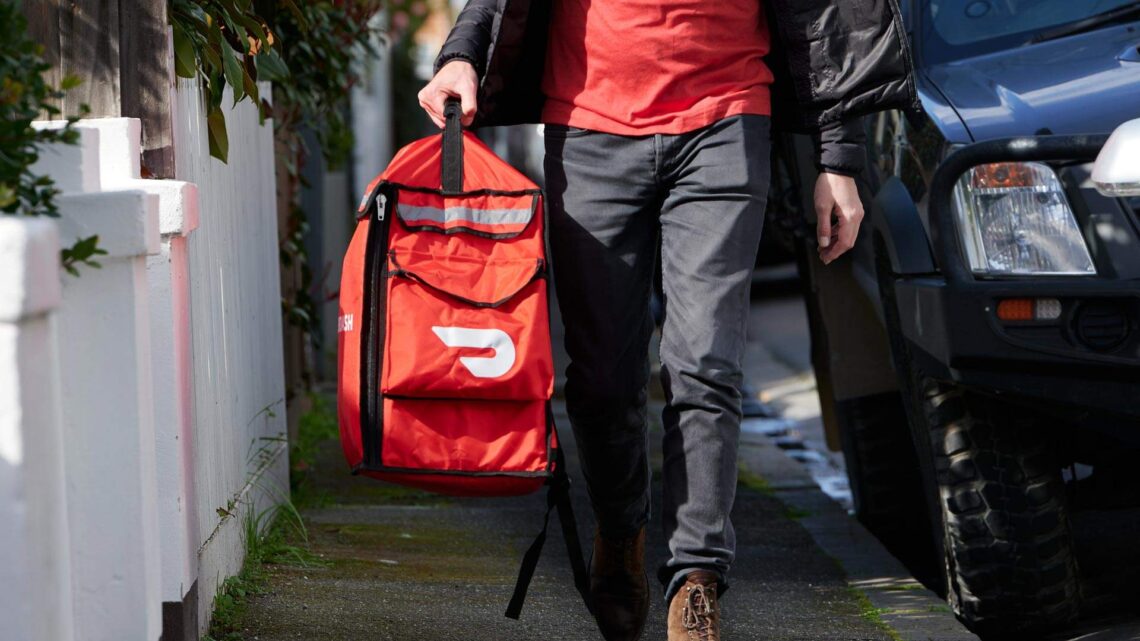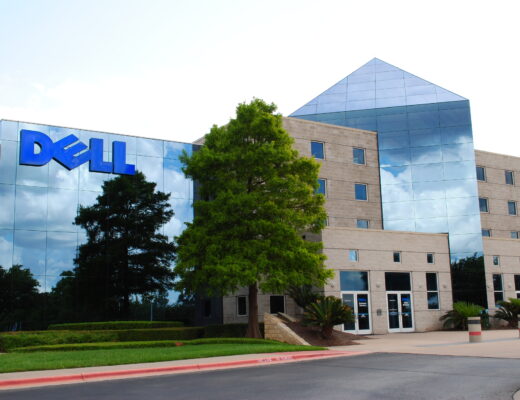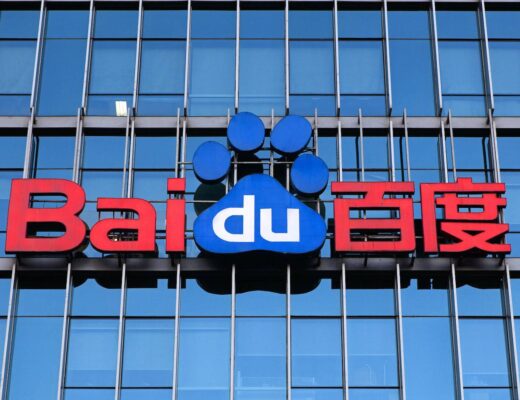DoorDash’s unique approach to business development
American company DoorDash, which specializes in online food ordering and delivery from restaurants, has become the largest in its niche in the United States. Its valuation reached the $30 billion mark, allowing the business to have a successful IPO.
Since its founding in 2013, DoorDash has taken a 56% share of the U.S. market. In addition, the company has a 60% share in the most convenient delivery niche.
Initially, DoorDash took a different development path from its competitors. While other services worked on delivery in the cities, this company concentrated its efforts in the suburbs. In New York at the time, there were two major food delivery companies – Uber and Seamless, the latter has worked in the metropolis for 17 years, so it was extremely difficult to dislodge it. As for Uber, its advertising budget was 50 times bigger than DoorDash, so it was almost impossible to compete with it for the attention of the target audience.
It was decided to go to the areas close to New York – Westchester, Long Island, Connecticut and New Jersey. And here the services of DoorDash have come at the right time. The market received excellent reception of the service, and after only a few months of presence in the suburbs, he began to make a profit. For a successful food delivery business, it is important to consider four criteria: speed, variety of choice, price and product quality. In terms of cost, DoorDash could not compete with Seamless and Uber. At the same time, the company’s analysts calculated that focusing on the speed of delivery would not play a big role. According to the surveys, it is possible to save marginal benefit and at the same time to retain the customer, if the latter will get his food no more than 42 minutes after the order. Uber did deliver in less than 30 minutes, which would be unprofitable for DoorDash.
For a successful food delivery business, it is important to consider four criteria: speed, variety of choice, price and product quality. In terms of cost, DoorDash could not compete with Seamless and Uber. At the same time, the company’s analysts calculated that focusing on the speed of delivery would not play a big role. According to the surveys, it is possible to save marginal benefit and at the same time to retain the customer, if the latter will get his food no more than 42 minutes after the order. Uber did deliver in less than 30 minutes, which would be unprofitable for DoorDash.
Realizing that it lagged behind in terms of speed and price, DoorDash focused on product selection and quality. This approach appealed to customers; they were willing to wait longer, to overpay, but to get delicious food, choosing from a variety of options. In addition, the company was thorough in its search for partner restaurants and drivers, while competitors put the main emphasis on customers. The DoorDash strategy made it possible to establish trusting relationships with restaurants, reducing errors in the formation of orders. The service recommendations spread both ways: customers advised their friends and business owners advised their partners.
The DoorDash approach gave excellent results, as evidenced by the leading position in the U.S. market, as well as the IPO with an estimated value of 30 billion dollars. At the same time, the number of employees from 2013 to the current moment has grown from 50 to 2,500 people.










